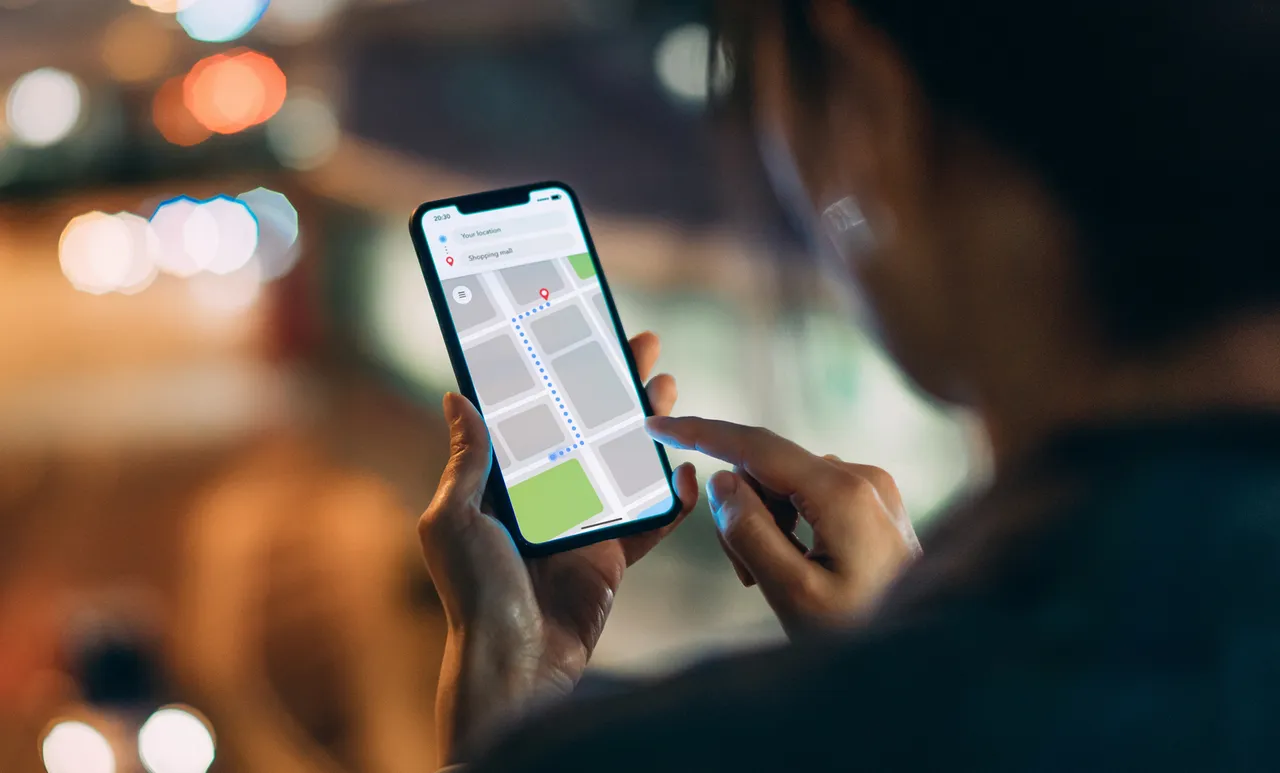
Understanding Find My Device
Find My Device helps locate Android devices if lost or stolen. Integrated with Google services, it works on most Android devices running Android 4.0 Ice Cream Sandwich or later. To use this feature, ensure your device has an active Google account, is powered on, connected to mobile data or Wi-Fi, and has location services enabled. Google Play visibility should also be active.
Necessary Conditions and Device Compatibility
To support Find My Device, your device must meet these requirements:
- Android Version: Must run Android 4.0 Ice Cream Sandwich or later.
- Google Account: Needs an active Google account signed in.
- Power and Connectivity: Must be powered on and connected to mobile data or Wi-Fi.
- Location Services: Enable location services. Go to Settings, then Location, and toggle it to "On."
- Google Play Visibility: Ensure Google Play visibility is active. Open the Google Play Store, tap the menu, then Settings, and check if your device is visible.
For iOS users, the device must run iOS 8 or later, and you need to sign in with your Apple ID and enable Find My iPhone. For Windows devices, you need to run Windows 10 or later and sign in with your Microsoft account to use the Find My Device feature.
Steps to Enable Find My Device
Enabling Find My Device is straightforward:
- Open Settings: On your phone, open the Settings app.
- Security & Location: Scroll down and tap Security & Location.
- Location: Under "Privacy," select Location. Toggle Location to "On."
- Google Settings: Go back to Settings and tap Google.
- Security: Choose Security.
- Find My Device: Under "Find My Device," tap it and toggle Find My Device to "On."
- Restart Your Phone: Restart your phone to ensure the changes take effect.
Maximizing the Use of Find My Device
To get the most out of Find My Device, follow these tips:
- Enable Location Services: Ensure your device's location services are turned on.
- Keep Your Device Charged: A dead battery means no tracking.
- Update Your Software: Running the latest software ensures compatibility and security.
- Check Network Connection: Ensure your device is connected to Wi-Fi or cellular data.
- Use a Strong Password: Protect your account with a strong password.
- Share Location with Trusted Contacts: Let family or friends know your location.
- Test the Feature Regularly: Periodically check that Find My Device is working.
- Enable Two-Factor Authentication: Add an extra layer of security to your account.
- Keep a Backup Plan: Have a secondary method for finding your device, like a Bluetooth tracker.
- Educate Yourself: Learn all the features of Find My Device.
Troubleshooting Unavailable Location for Find My Device
If Find My Device shows an unavailable location, try these steps:
- Check Device Status: Ensure your device is powered on and connected to mobile data or Wi-Fi.
- Enable Location Services: Make sure location services are enabled. Go to Settings, then Location, and toggle it to "On."
- Restart Your Device: Sometimes, a simple restart can resolve connectivity issues.
- Check Network Connection: Ensure your device has a stable internet connection.
- Update Software: Ensure your device is running the latest software.
- Disable Other Location Apps: If other location-based apps are running in the background, try disabling them.
- Clear Cache and Data: Clearing the cache and data of the Google Play Services app might help.
Troubleshooting Find My Device Random Alerts
Random alerts from Find My Device can be annoying. Here are steps to troubleshoot:
- Check Device Status: Ensure your device is powered on and connected to mobile data or Wi-Fi.
- Disable Find My Device: Temporarily disable Find My Device to see if the alerts stop.
- Update Software: Ensure your device is running the latest software.
- Clear Cache and Data: Clearing the cache and data of the Google Play Services app might help.
- Check for Malware: Run a virus scan to ensure your device is free from malware.
Additional Tips for Using Find My Device
- Regularly Test the Feature: Periodically check that Find My Device is working correctly.
- Use it with Other Safety Features: Combine Find My Device with other safety features like Google's Safety Net.
- Educate Family Members: If you share your device with family members, educate them on how to use Find My Device.
- Keep Your Account Secure: Protect your Google account with a strong password and enable two-factor authentication.
